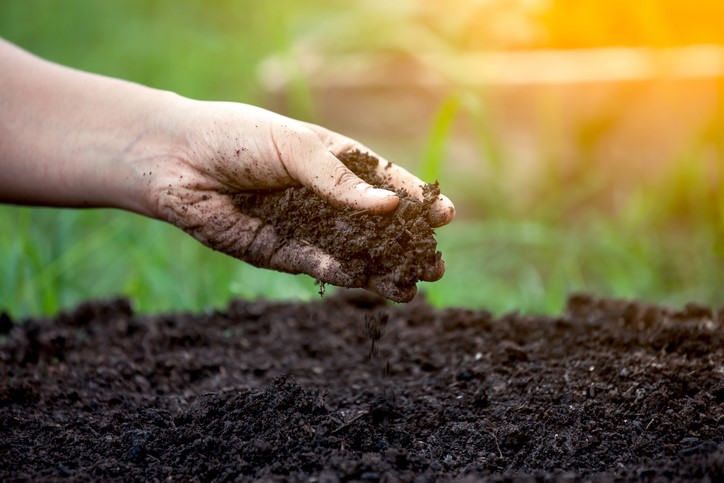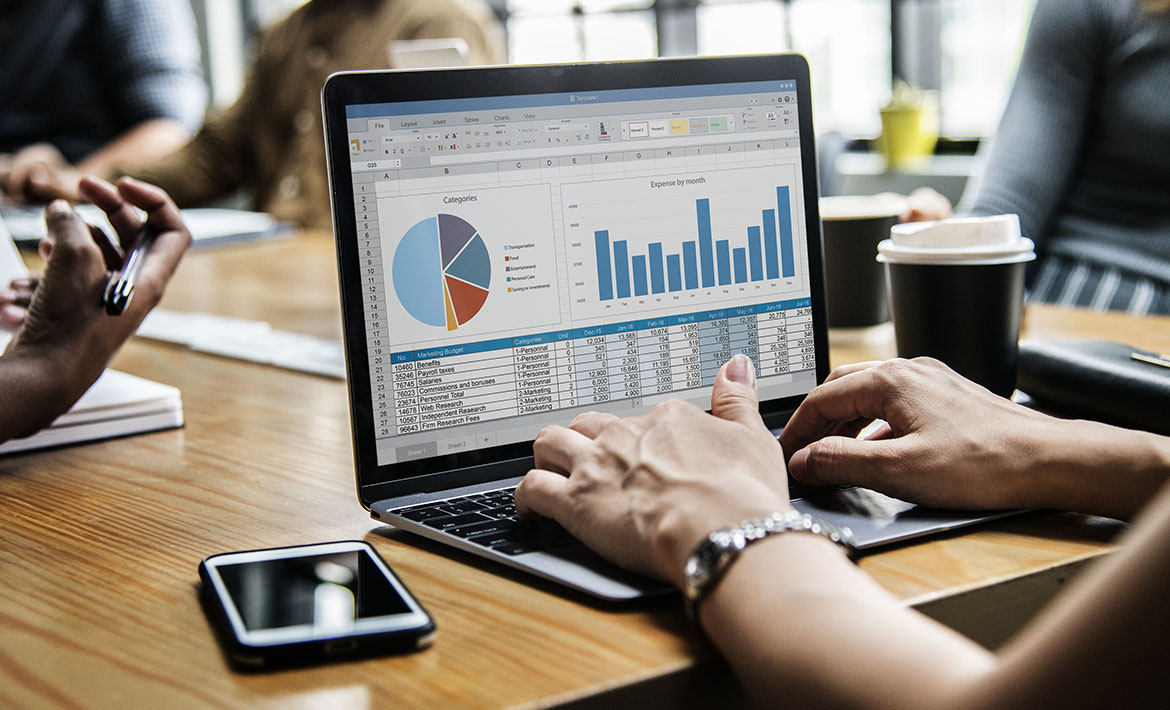Irrigation is a critical aspect of farming, and getting it right makes a significant difference in crop yield and farm efficiency. Traditionally, determining when to start and stop irrigation has relied heavily on manual observation and experience. However, with the advent of advanced agri-tech solutions like AgriLynk, this process has become much more accurate and efficient.
Traditional Irrigation Methods
In the past, farmers would manually check soil moisture levels and observe plant conditions to decide when to irrigate. Common indicators include:
- Soil Moisture: By feeling the soil or using basic moisture meters, farmers could estimate if the soil was dry enough to warrant irrigation.
- Plant Appearance: Wilted leaves, color changes, and slow growth are typical signs that plants need water.
- Weather Conditions: Farmers often base irrigation schedules on recent rainfall, humidity levels, and temperature forecasts.
These methods, while effective to an extent, are not foolproof. They are subjective and can lead to either over-irrigation or under-irrigation, both of which can negatively impact crop health and yield.
Monitoring Plant Needs
Monitoring the specific needs of your crops is essential to understanding when to irrigate. To monitor those needs, you can use:
- Soil Sensors: These devices measure soil moisture at various depths, providing real-time data on soil water content.
- Plant Sensors: These can measure plant water status directly, including leaf moisture and stem thickness.
- Weather Stations: These provide local weather data, helping predict evapotranspiration rates (the sum of evaporation and plant transpiration) and adjust irrigation schedules accordingly.
Typical Crop Needs
Different crops have varying water requirements. For example:
- Vegetables: Often need more frequent irrigation due to their shallow root systems.
- Fruit Trees: Require deep but less frequent watering.
- Grains: Have specific critical periods (like flowering) where adequate moisture is crucial.
Understanding these needs can help in creating a more precise irrigation schedule.
The AgriLynk Advantage
AgriLynk revolutionizes the irrigation process by leveraging advanced, wireless technology to provide farmers with real-time data and control over their irrigation systems. Here’s how AgriLynk makes irrigation easier and more accurate:
- Real-Time Data Collection: AgriLynk’s wireless sensors continuously monitor soil moisture, weather conditions, and plant health, transmitting this data to a central dashboard.
- Remote Control: Farmers can remotely control irrigation valves using the AgriLynk platform, making it possible to start or stop irrigation based on real-time data, even from a smartphone.
- Automated Systems: AgriLynk allows for fully automated irrigation schedules that adjust based on soil moisture levels, weather forecasts, and crop needs. This ensures optimal water usage, preventing both over-irrigation and under-irrigation.
With AgriLynk, farmers can make informed decisions based on accurate, real-time data. The system’s user-friendly dashboard provides actionable insights, helping to improve crop yield and reduce costs. By embracing this innovative technology, you can transform your farm into a smart farm, optimizing productivity and efficiency effortlessly.
Switching to AgriLynk not only simplifies irrigation management but also enhances your farm’s overall productivity. By using advanced technology to gather and analyze data, AgriLynk ensures your crops get exactly what they need, when they need it.
Embrace the future of farming with AgriLynk and watch your farm thrive!








